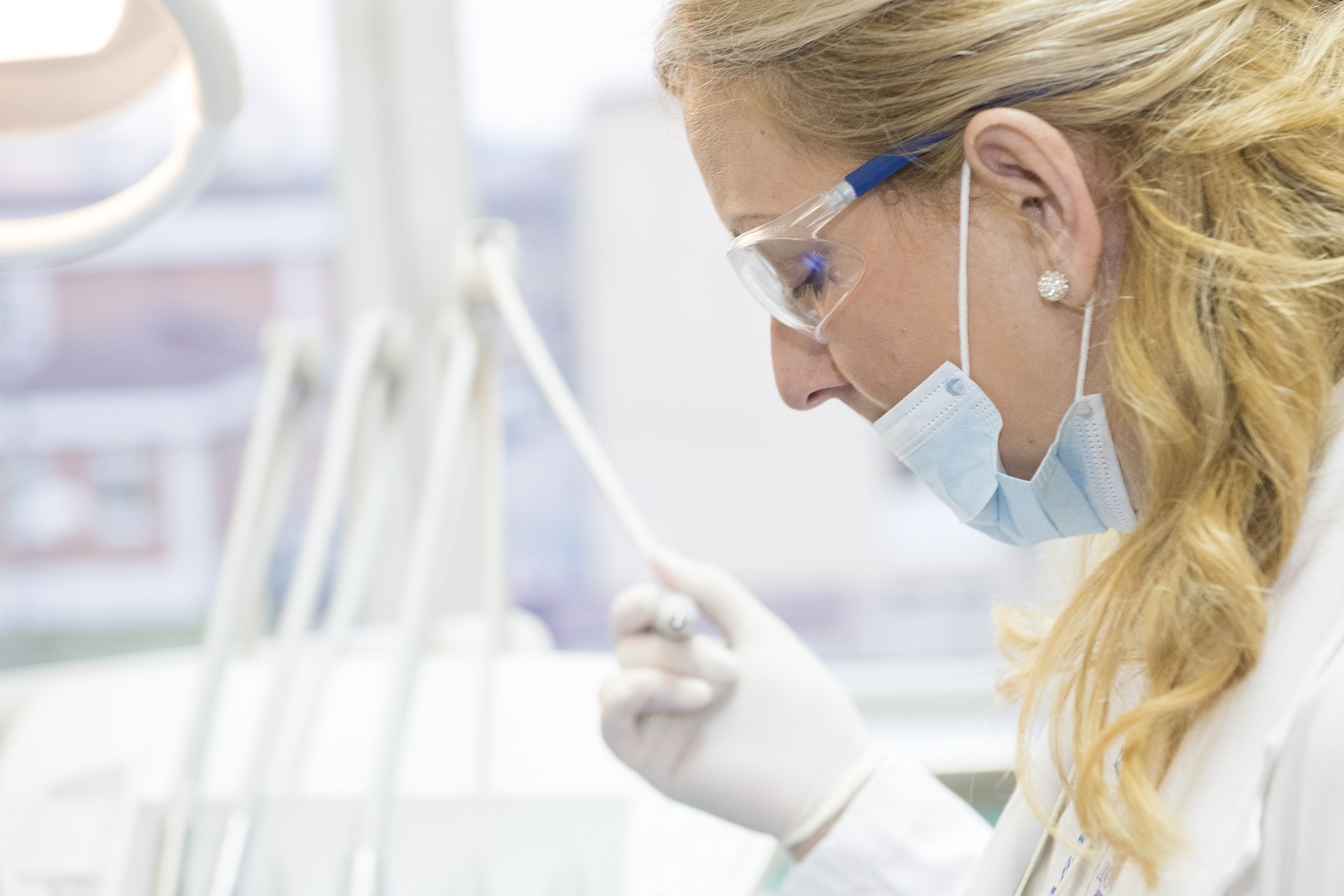The British Dental Association has warned the future of NHS dentistry in Scotland is in doubt, and action here must be high on the agenda for the next First Minister.
A new survey of dentists across Scotland reveals:
- An exodus is in motion. 59% of dentists say they have reduced the amount of NHS work they undertake since lockdown – by an average of over a fifth. This movement is going unseen in official data, which counts heads, not commitment, and gives the same weight to a dentist doing a single NHS check-up a year as an NHS full timer
- Over 4 in 5 (83%) now say they will reduce – or further reduce – their NHS commitment in the year ahead. Over a third (34%) say they will change career or seek early retirement
- Just 1 in 5 (21%) say their practices have returned to pre-COVID capacity. 61% cite recruitment problems as an issue, over two thirds (67%) cite treating patients with higher needs requiring more clinical time
- A sustainable model must be in place come October. 90% cite financial uncertainty as having a high impact on their morale
Health Secretary Humza Yousaf recently stressed NHS staffing was “at a historically high level”, with ‘record’ numbers of dental staff in hospitals alongside medics and allied health professionals. However, NHS Education for Scotland data indicates an 8% drop in high street NHS dentists delivering care since lockdown, a fall from 3,038 in March 2020 to 2,791 in September 2022.
The BDA stress even this fall understates the full scale of losses in light of this new survey evidence. The Scottish Government has never attempted to make a ‘Whole Time Equivalent’ estimate of the NHS dental workforce. Most dentists combine NHS and private work, and the BDA warn that without these estimates movement to the private sector is going undetected, and workforce planning is effectively impossible.
NHS dental care free at the point of use remains a central Scottish Government policy. BDA Scotland has long warned that any return to the service’s ‘business as usual’ model – low margin and high volume – will put practices under huge financial pressure and will likely lead to closures or movement to the private sector, with many practices left delivering some NHS care at a loss.
The SNP leadership election has seen key deadlines to reform this broken system move. The profession had anticipated the Scottish Government would reveal changes to the payment model on 1 April, that would be rolled out from October.
The BDA stress a sustainable model must be in place come October, when the current bridging payments that uplifted NHS fees finally lapse, exposing many NHS practices to unsustainable costs.
David McColl, Chair of the British Dental Association’s Scottish Dental Practice Committee, said: “Behind hollow boasts on record workforce numbers is a service that is hollowing out.
“The majority of dentists have pared down their NHS work, and many more are set to follow. It’s an exodus that’s going untracked by government but is the inevitable result of working to a broken system.
“NHS dentistry’s survival requires rapid action, with meaningful reform and sustainable funding.
“The steps taken in the next First Minister’s First Hundred Days will determine whether this service will have a future.”
Online poll of General Dental Practitioners in Scotland, Fieldwork February 2023, 526 respondents.
What changes in your working life do you anticipate in the next 12 months?
% Net Likely n
I will reduce my personal NHS commitment 83% 439
I will change career/seek early retirement 43% 178
Approximately what proportion of your income was NHS based prior to March 2020?
% n
100% (exclusively NHS) 4% 23
90-99% (NHS) 43% 227
80-89% (NHS) 23% 122
70-79% (NHS) 13% 69
60-69% (NHS) 4% 22
50-59% (NHS) 4% 22
40-49% (NHS) 2% 11
30-39% (NHS) 1% 3
20-29% (NHS) 2% 12
10-19% (NHS) 1% 4
1-9% (NHS) 2% 9
0% (exclusively private) 0% 2
Approximately what proportion of your income was NHS based now?
% n
100% (exclusively NHS) 2% 8
90-99% (NHS) 25% 134
80-89% (NHS) 19% 98
70-79% (NHS) 14% 71
60-69% (NHS) 9% 48
50-59% (NHS) 11% 60
40-49% (NHS) 6% 32
30-39% (NHS) 4% 20
20-29% (NHS) 4% 20
10-19% (NHS) 3% 16
1-9% (NHS) 3% 16
0% (exclusively private) 1% 3
309 respondents reported a fall in NHS work between March 2020 and February 2023 – with an average drop of 22%.
Please estimate your practice’s current overall capacity compared to pre-COVID levels.
100% (my practice is at full capacity) 21% 111
90-99% 17% 91
80-89% 22% 116
70-79% 19% 102
60-69% 10% 54
50-59% 4% 21
40-49% 0% 2
30-39% 0% 2
20-29% 1% 4
10-19% 0% 2
1-9% 0% 2
0% (my practice is not operating) 0% 0
Don’t know 4% 19
What factors would you say are constraining your practice from operating at pre-COVID capacity (select any that apply)
% n
Recruitment and retention problems for dentists 61% 304
Patient cancellations/Did Not Attends 44% 220
Ongoing Infection Prevention and Control restrictions 18% 93
Staff sickness 43% 213
Higher needs patients requiring more clinical time 67% 336
For each of the statements below please rate the impact each currently has on your morale working as a dentist
Net High impact % n
Inability to provide pre-COVID levels of care 61% 321
Financial uncertainty 90% 472
Patient Anger/Abuse 67% 352
Headline image credit: Darko Stojanovic / Pixabay


